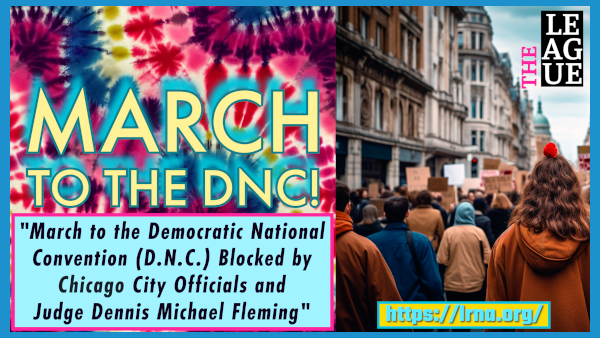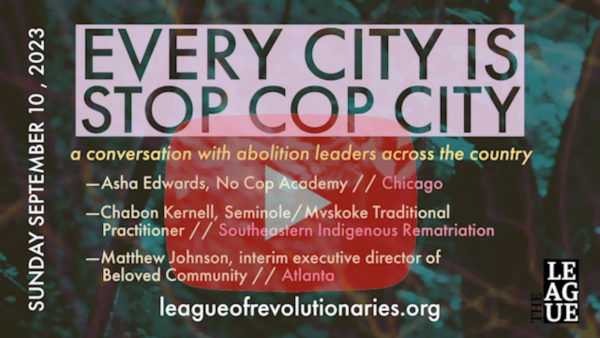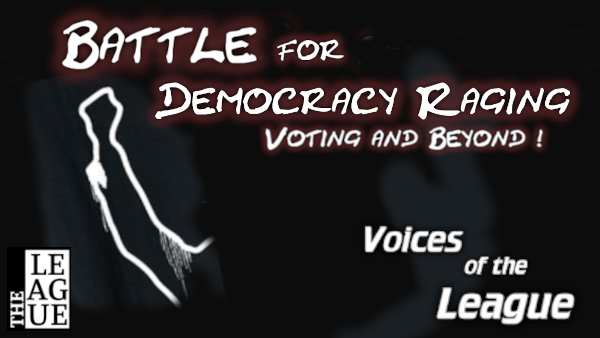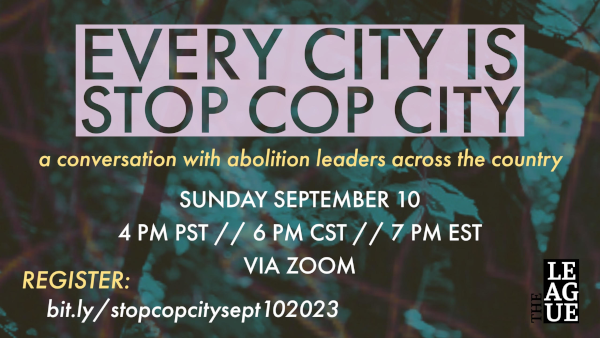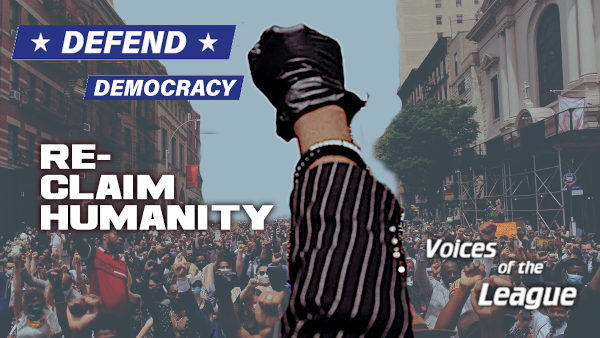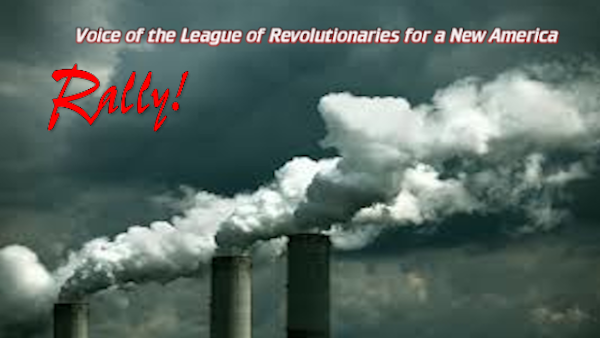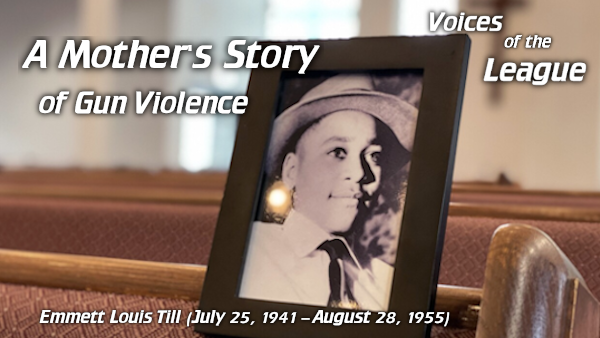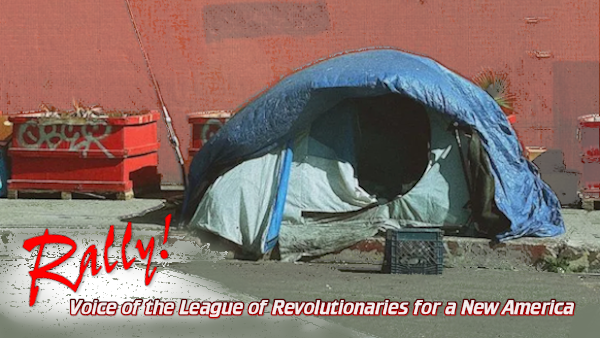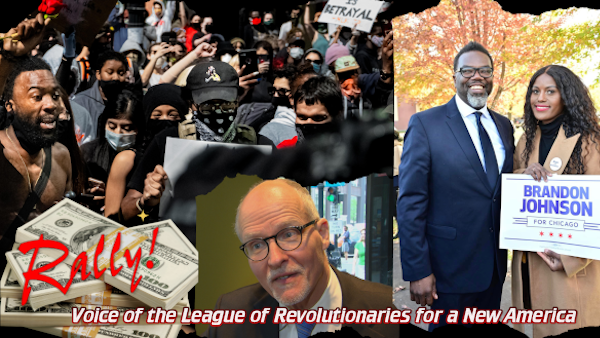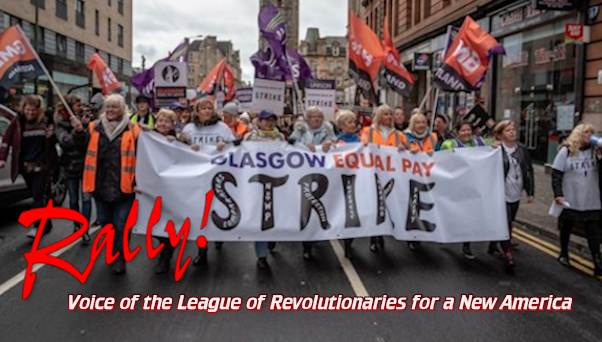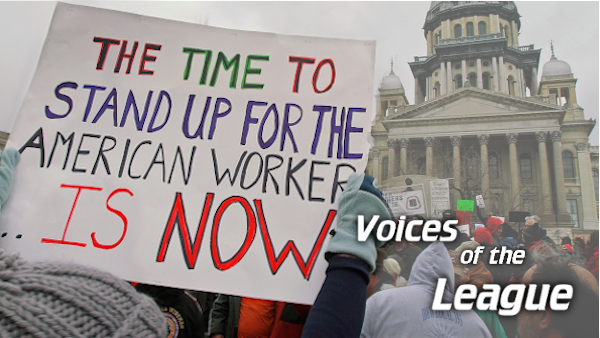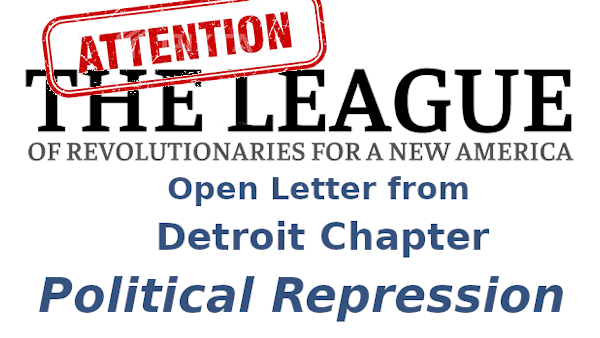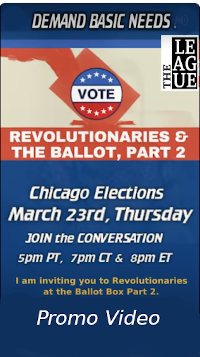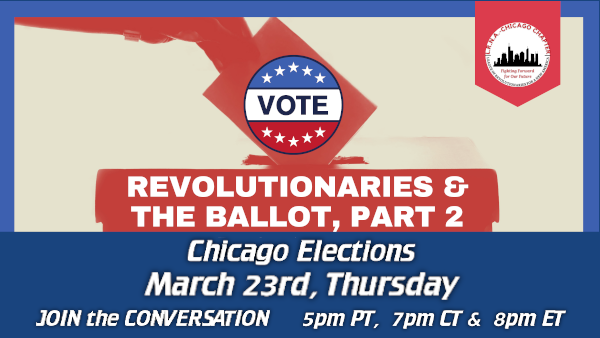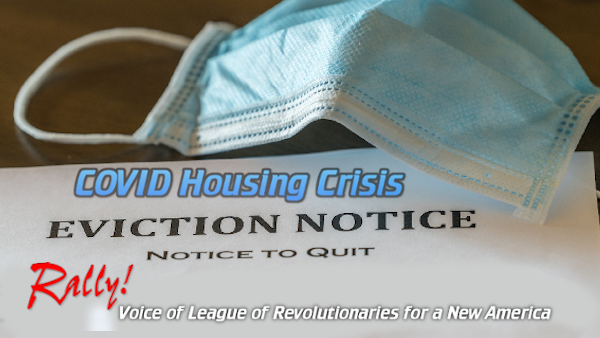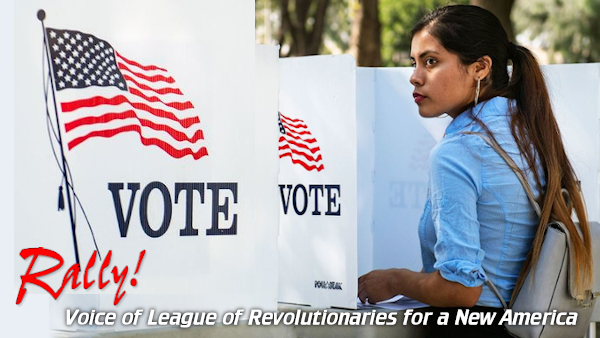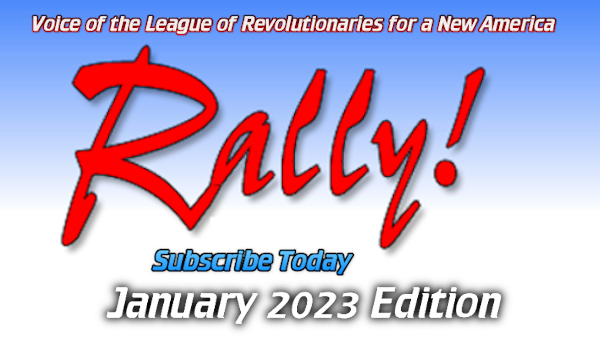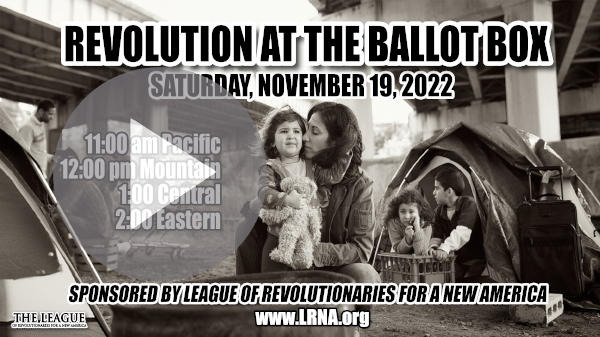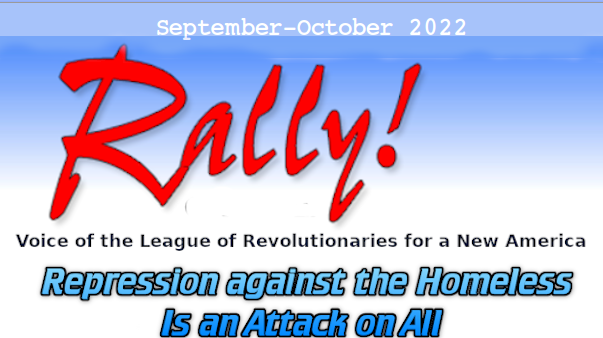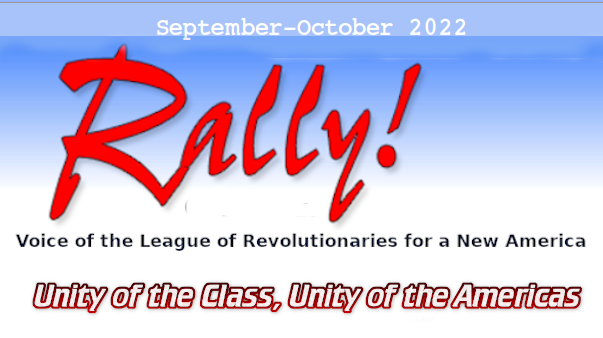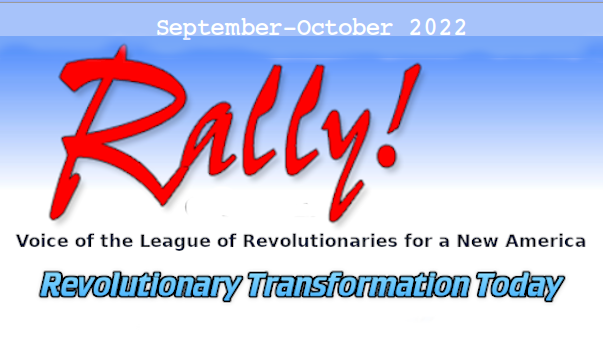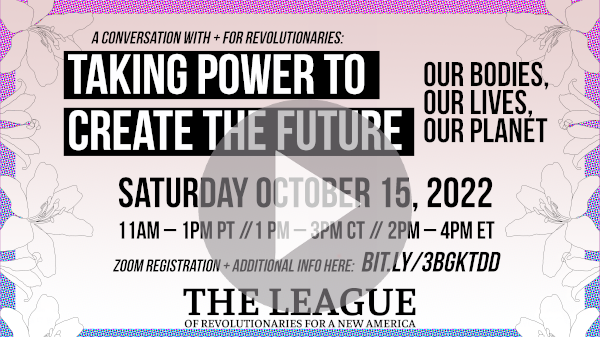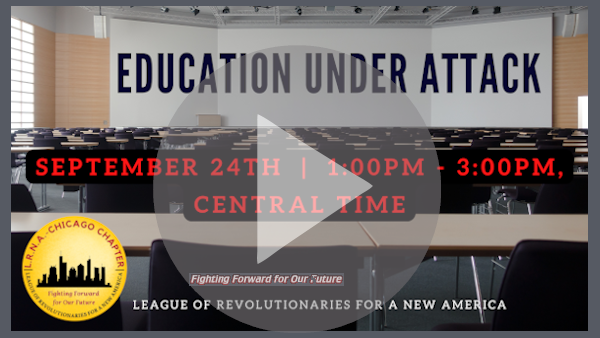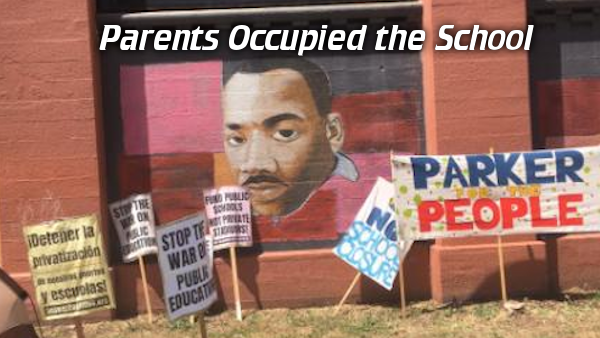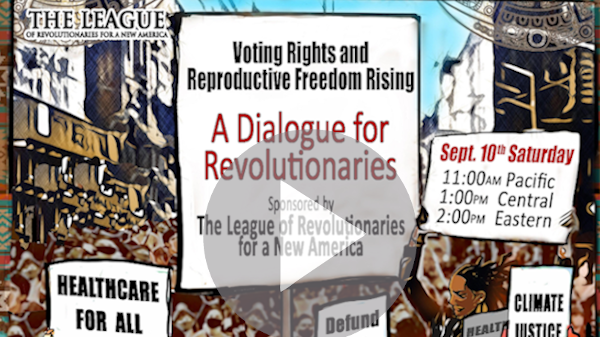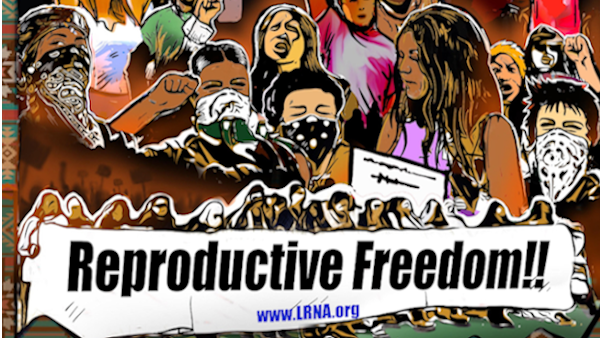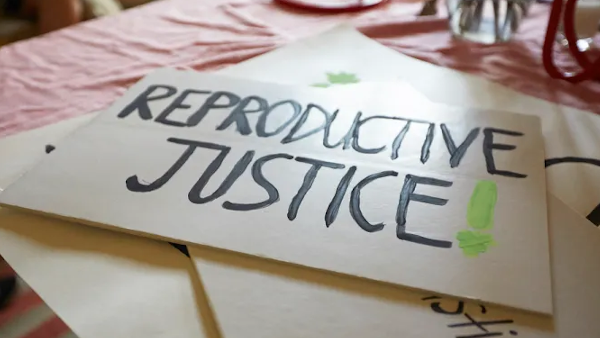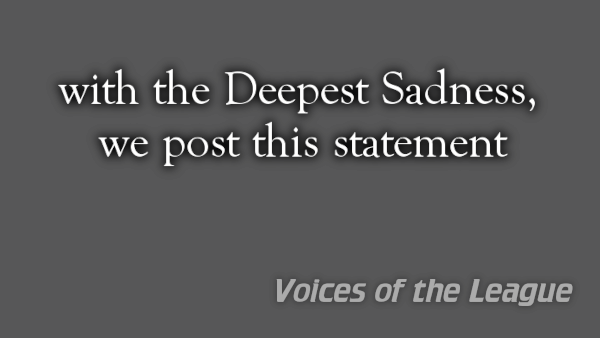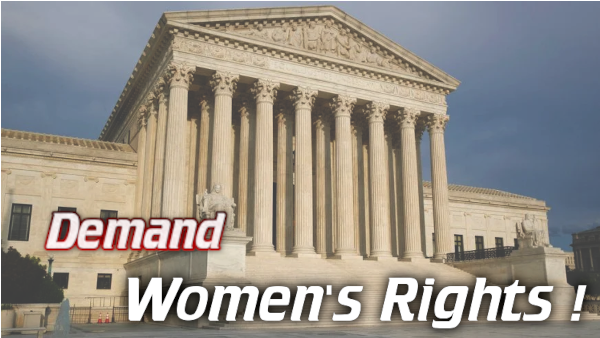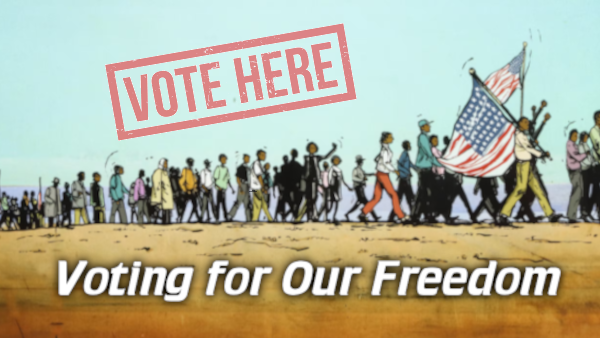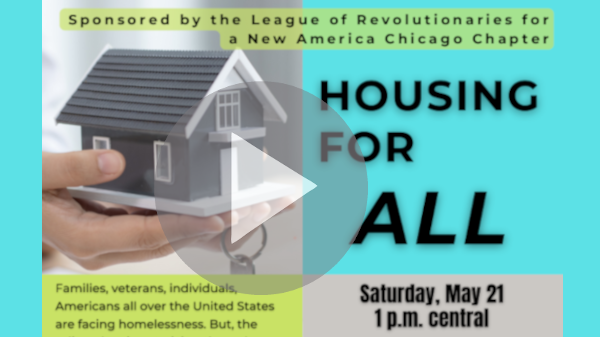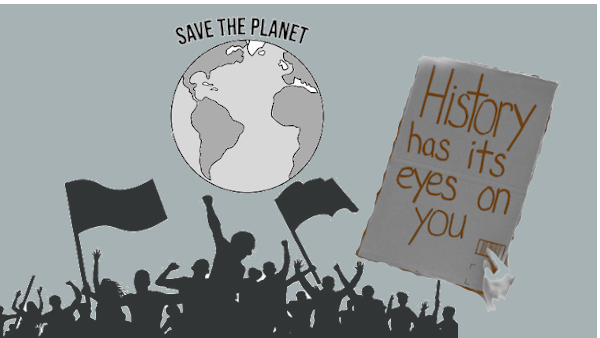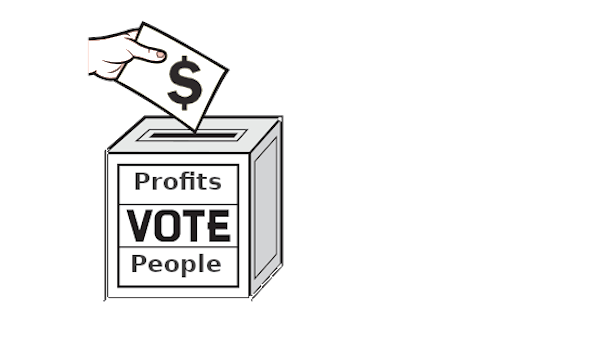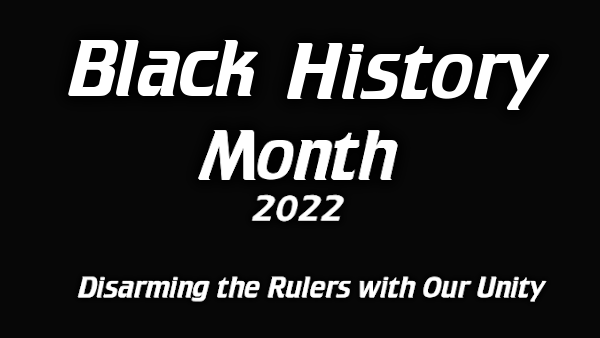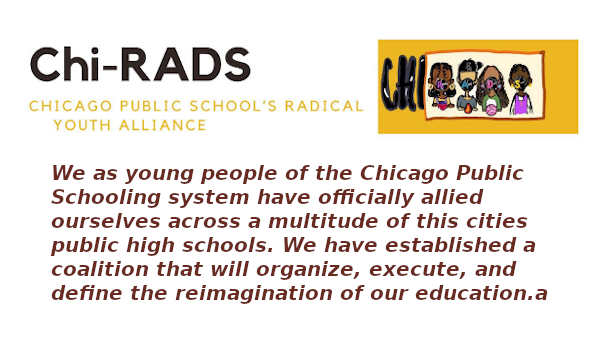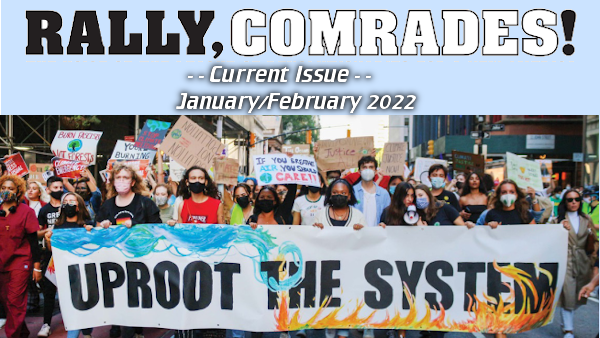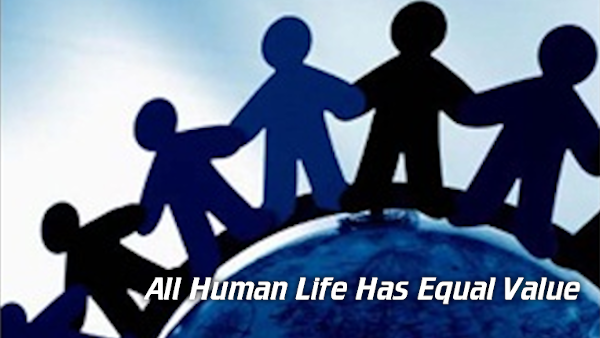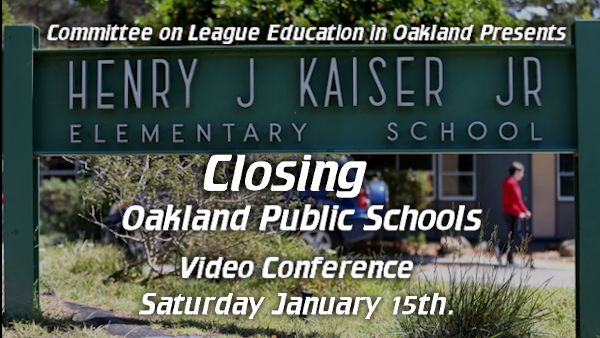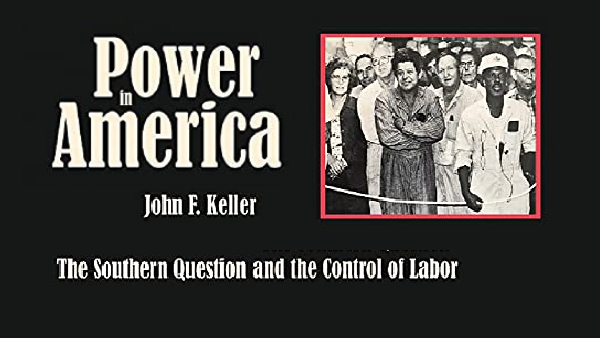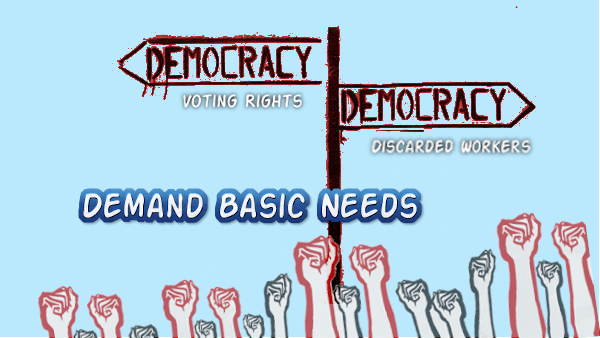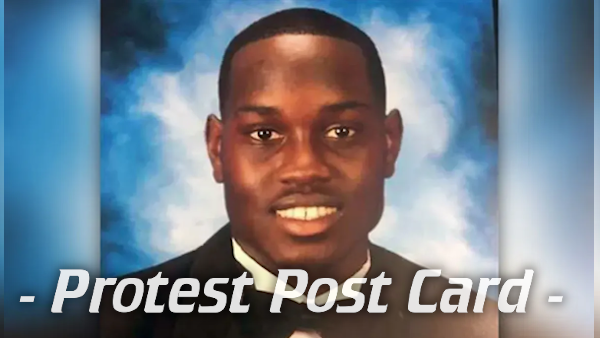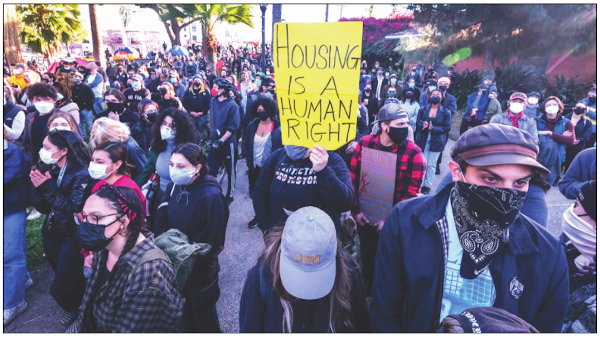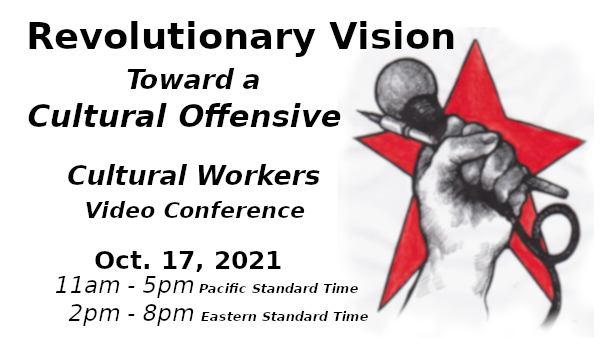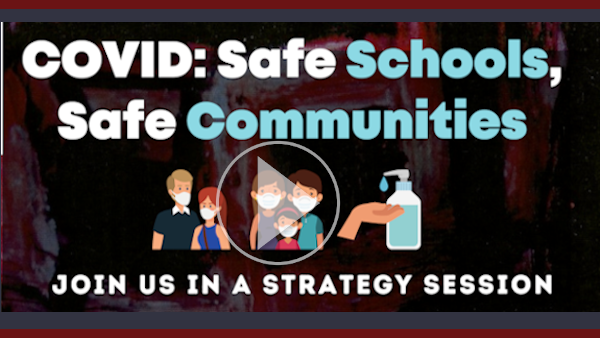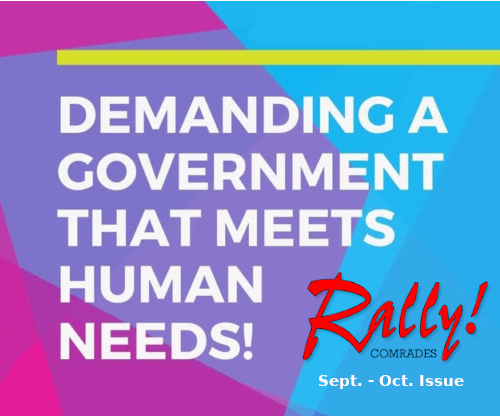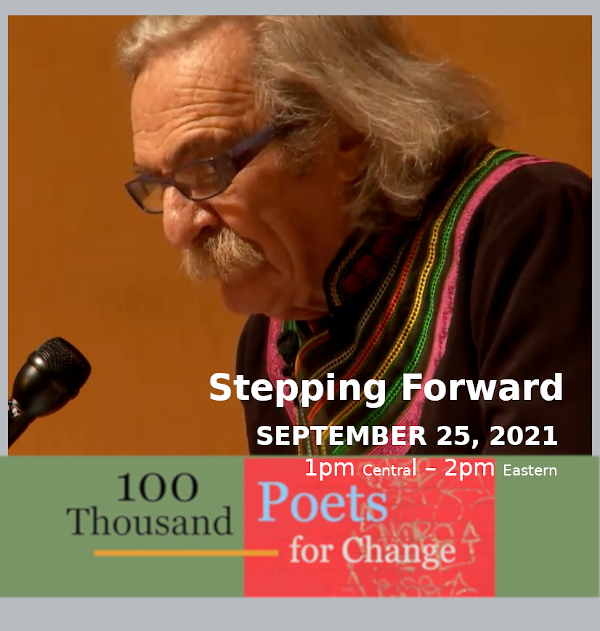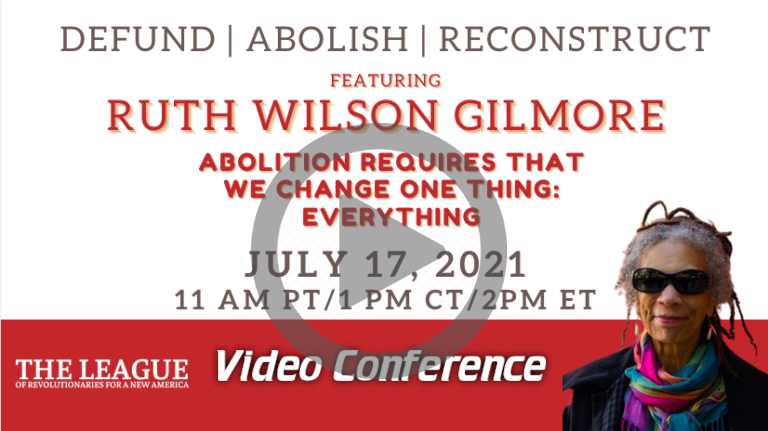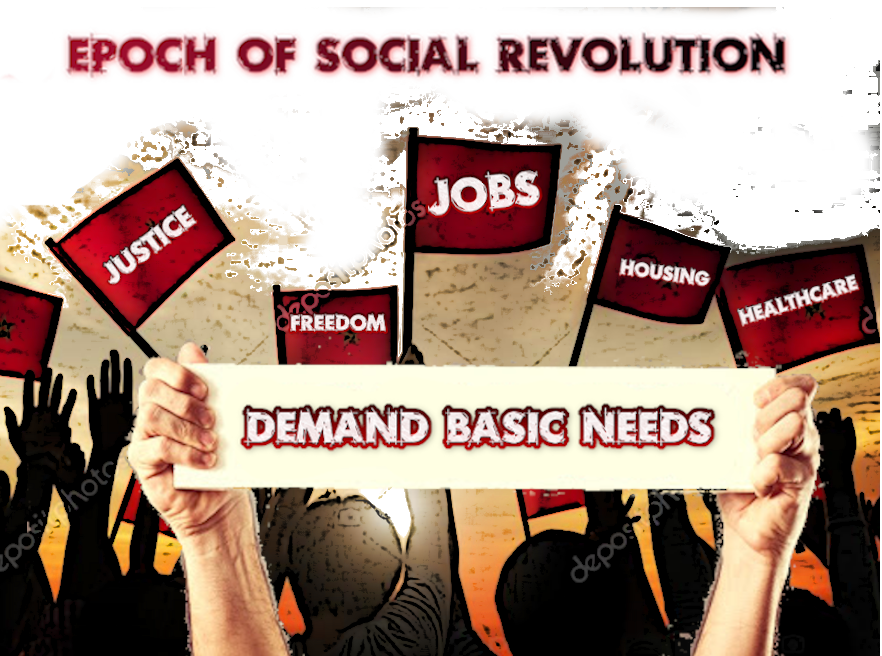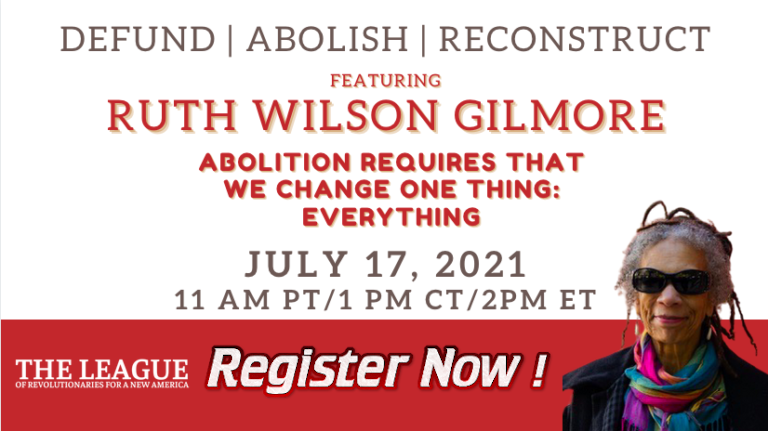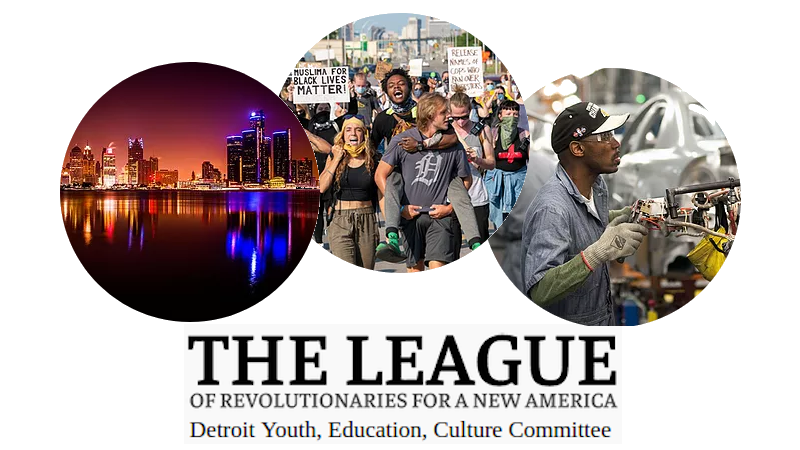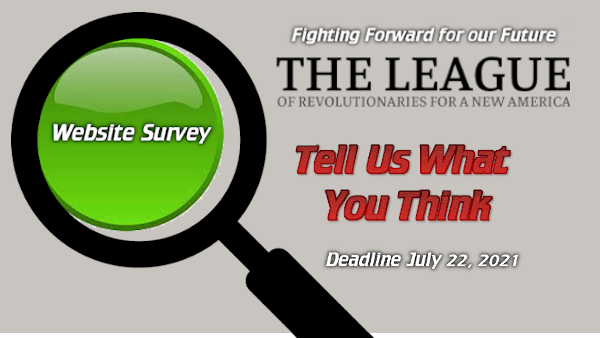Housing is the Answer to Homelessness
Housing is the Answer to Homelessness
All across America, brutal encampment sweeps are tossing tents, blankets, and other belongings into trash compactors, and dispersing people into atmospheric rivers – or blizzards – with only the clothes on their backs. The “Housing First” strategy for ending homelessness, which has been adopted by virtually every government agency at every level for over 20 years, is under attack.
Housing First provides permanent housing for formerly unhoused people at a rent of 30% of their income. Unhoused people and supporters have ALWAYS advocated for housing like this as the commonsense solution to homelessness, ever since mass homelessness exploded in the 1980s. Band-aids like the shelter system only recycled unhoused people back and forth between programs and the streets. By 2000, it was no longer possible to pretend that band-aid solutions were working. Housing First was adopted by the federal Department of Housing and Urban Development, supported by a bipartisan majority in Congress, and became a required strategy for every agency receiving HUD funding.
Housing First was a success from the standpoint of social work practitioners and individual unhoused persons. When they moved into affordable housing, as opposed to shelter programs, they had measurably much better outcomes. However, the low-income housing necessary to make it really work was not available. Since modern digital production needed fewer workers, government simply stopped ensuring an adequate supply of affordable housing. Where low-income housing did exist, or get built, it was often segregated, shoddy, lacked services, and sometimes crime-ridden.
Criminalization
So when homelessness continued to increase in the 2010s, the ruling class confronted a dilemma: either build the housing needed, or else make excuses to abandon Housing First, blame the unhoused themselves, and criminalize them. Since the economy cannot build low-income housing without massive government subsidies, the ruling class is deciding to reject Housing First and moving more and more toward sweeps and incarceration.
The tendency to outlaw unhoused people has always been present, but the refusal to try other approaches is bringing it to the forefront. Donald Trump set out to conduct massive sweeps of unhoused people in major cities, before he got diverted by the pandemic. He appointed Robert Marbut, a notorious advocate of punishing the poor, to serve as Director of the U.S. Interagency Council on Homelessness. Manhattan Institute propagandist Christopher Rufo (who also invented the anti-Critical Race Theory campaign) wrote a book arguing that providing housing failed to create a “disincentive to the problematic behavior associated with street homelessness”. Mass sweeps and encampment ban policies began spreading widely in cities like New York, Los Angeles, Sacramento, and elsewhere.
Resistance
The result has been an upsurge in resistance. Encampments in cities all across the country are starting to organize into self-governing communities. Advocacy groups like Los Angeles Community Action Network, led by the unhoused and formerly unhoused, are expanding. Youth influenced by the 2020 George Floyd rebellion are organizing sweeps-resistance networks like Services Not Sweeps in Los Angeles. And unhoused people and their supporters are electing pro-housing and abolitionist candidates to local government leadership.
One example of the new communities arising is the Wood Street Commons in Oakland, CA, that is currently battling against eviction by city government officials. “The Wood Street community is a hub of resilience, organized to provide for each other,” write its leaders. “Residents benefit from a greater sense of safety and a better chance of recovering from addiction and healing from trauma than in the cramped and neglectful city intervention sites. Wood Street is a haven for artists and builders to explore creative ways to house people and construct beautiful common spaces through sustainable infrastructure like solar power, composting, and gardening.”
The crisis has unleashed a bitter war of ideas. The ruling class, led by its real estate-financial sector, is claiming that homelessness is not a systemic housing issue, but one of bad people – people who are either mentally ill and need to be locked up in institutions, or who are criminal and need to be incarcerated. In any case, they all need to be removed from public spaces. Although they do not openly admit it, their favored solution is ultimately some kind of internment camps in remote areas like those where the Japanese Americans were sent in World War II.
In fact, homelessness is caused by the documented shortage of over 7 million low-income housing units. According to a 2020 report by the U.S. Government Accountability Office, every $100 increase in median rent tends to be followed by a 9 percent increase in the estimated homelessness rate. The ruling class also tries to present homelessness as a racial problem, and which race is “causing” it depends on who they are talking to – to whites and Latinos, they blame Blacks, and to whites and Blacks they blame Latino immigrants.
Real solutions
The actual composition of the unhoused population proves that, while African Americans and Latinos are especially vulnerable due to historic redlining and discrimination, homelessness is nevertheless a class problem that impacts everyone who doesn’t have enough money to pay rent.
Above all, homelessness proves the systemic failure of the existing housing industry and the private property economic system that controls it. Because it is based on land, housing and land ownership essentially constitute a monopoly. As a famous comedian once said, land is a good investment because “I hear they don’t make it anymore.”
Housing developers will only build when rents go up. When supply causes rents to temporarily decline, or even level off, they simply stop building. Banks stop investing. Housing production comes to a halt until the housing shortage gets so bad that rents start rising again. It is a never-ending cycle that could only be interrupted with massive government investment – which the current government will never allow because it is controlled by the same bankers and landowners who benefit from the status quo. To meet the needs of the people, housing (like all basic needs) should be de-commodified on a massive scale and offered to all at affordable rates as a human right. That means households paying no more than 30% of their incomes.
Revolutionaries are working within the encampments, organizations and cooperatives on the ground. Our role is to help them mold themselves alongside the other members of their dispossessed class into a politically unified force ultimately capable of taking the government away from the corporations and turning it over to the people. It means fighting Municipal Ordinance 41.18 in Los Angeles and the sweeps by Mayor Eric Adams in New York. Collectives of revolutionaries already exist in this movement in cities and communities across the country. The way forward is to weave together these networks and build the power necessary to defeat criminalization and distribute basic necessities on the basis of human needs instead of private profit.
May/June 2023 Vol33. Ed3
This article originated in Rally, Comrades
P.O. Box 477113 Chicago, IL 60647 rally@lrna.org
Free to reproduce unless otherwise marked.
Please include this message with any reproduction.



